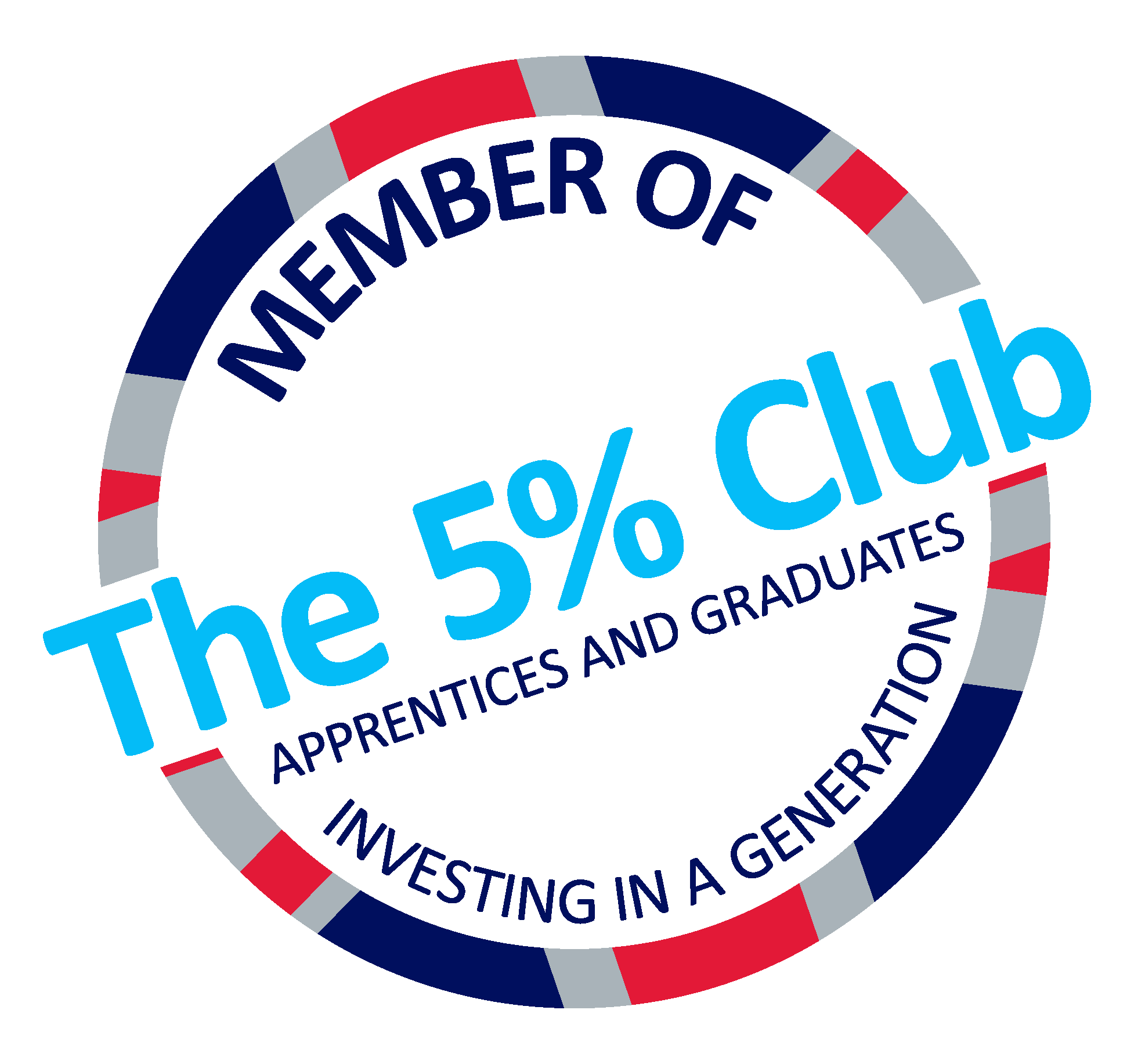You’re probably wondering where we’re going with this, but stick with us! It will hopefully enhance your understanding of the 70:20:10 model…
As you may be aware by now, 70:20:10 lays outs the percentage of learning which occurs through different methods.
- 70% of learning that ‘sticks’ happens via experience: on-the-job, hands-on challenges which build experience and develop ability.
- 20% comes from sharing the experience with others; building relationships with peers, trainers, managers and mentors and having networks of people around you.
- 10% of retained learning results from formal programmes and related coursework.
Aside from applying this approach to training, there are actually a number of everyday scenarios where the model is followed…
Take children for example. When learning to walk, there’s no ‘how-to-walk ‘guide that they read and parental explanation comes in short bursts which probably is more encouragement than training!. So how do they learn? Well, after mastering crawling, they may clamber around the furniture, stand up, fall down, stand back up again, take a step, tumble to the floor… At no point do they think to themselves ‘maybe this isn’t for me?!’ Of course, family and friends are often around to support them from time to time, to hold them up and encourage them. But ultimately, they take their first confident steps after a long period of experiencing success, failure and everything in between (the critical 70%).
What if we consider a footballer? It’s a well-known fact that you can’t recreate the difficulty of an FA Cup Final penalty shootout on the training pitch. No matter what footballers do in their training sessions, recreating the buzzing atmosphere, extreme pressure and adrenaline experienced by the striker, is impossible. To get better at scoring penalties on match day, footballers just need to experience it (hello 70%). The 20% of 70:20:10 is also at play if we continue with the football analogy…when we talk about football, we don’t just talk about the athlete themselves, but about their coaches, their team manager, teammates, role models, families, friends…the list goes on. The players would not reach premiership standard without a strong network of people around them, all of whom bring different perspectives and support to help them succeed (the ever-necessary 20%).
We’ve seen real-life examples of the 70% and 20%, but what about the remaining 10%? Although the smallest segment, the 10% should not be overlooked. Think back to the most recent new employee to join your team/business, or perhaps your first day in a new role. One of the first things you most probably did was receive some sort of induction; an introduction to the company culture, the ‘house rules’, procedures, policies and codes. This learning will really sink in when the employee starts settling into the workplace and begins executing some of their tasks/projects. Nevertheless, it is crucial that this information is formally communicated at the start of the employment, to set expectations and familiarise the employee with ‘the way things are done around here’ (the more formal 10%).
These are just a few examples of where the Learning & Development 70:20:10 model can be found in everyday scenario, which hopefully clarifies the concept a little.
When translated into the world of training and development, the model provides a highly effective approach to developing people; one where the three key components come together to create highly valuable learning that sticks.












